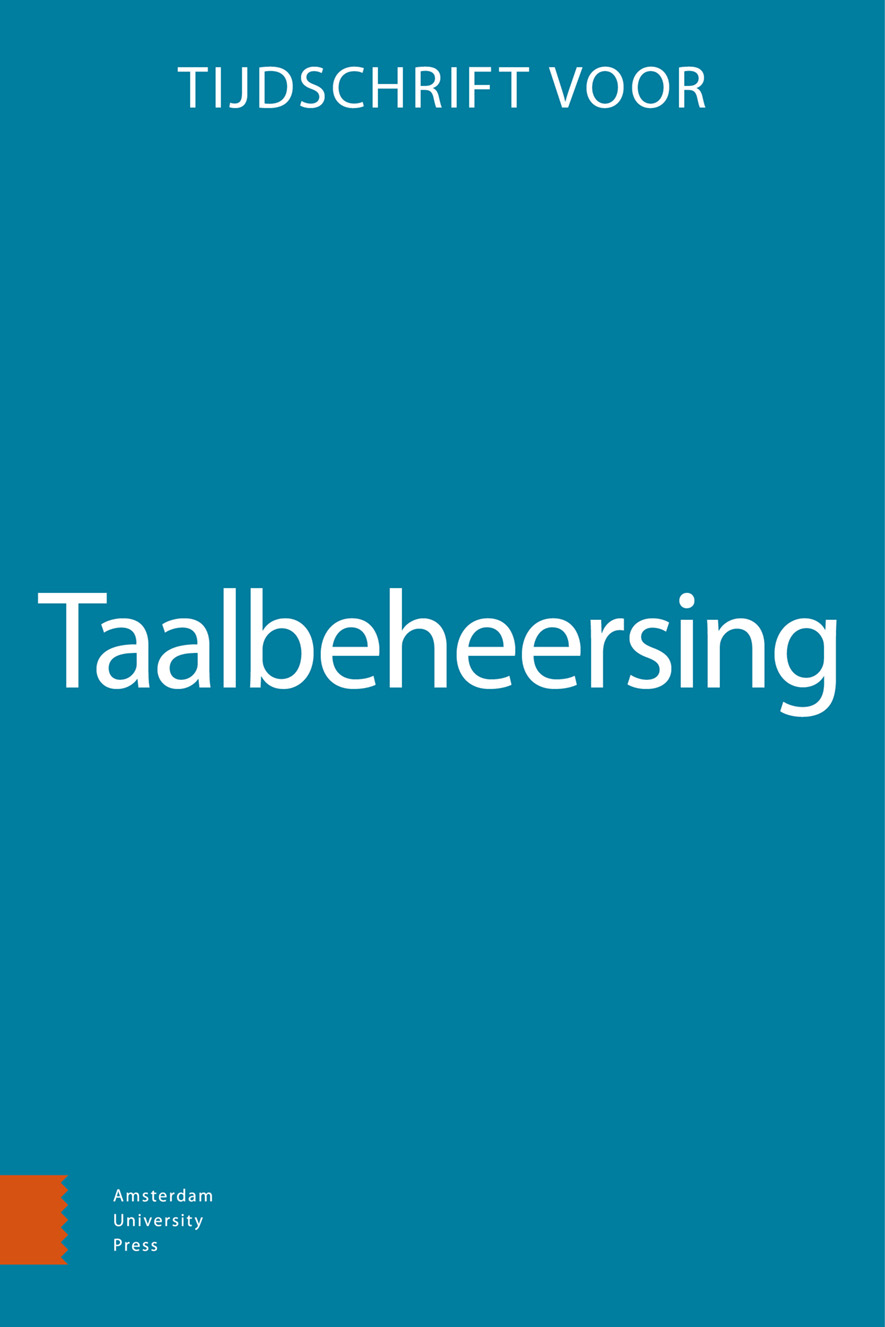- Home
- A-Z Publicaties
- Tijdschrift voor Taalbeheersing
- Previous Issues
- Volume 41, Issue 1, 2019
Tijdschrift voor Taalbeheersing - Volume 41, Issue 1, 2019
Volume 41, Issue 1, 2019
-
-
Ontnuchterende voorlichtingscampagnes over comazuipen bij studenten
Meer MinderAuteurs: Sara Verbrugge & Romane MorrealeAbstractFear and humor appeals (with physical and social threats) on bingedrinking in student populations
What is the best way to make young adults aware of the costs of bingedrinking? What is the most effective social marketing strategy to change a target audience’s behavioral intention in a desired way? Fear appeals create an unpleasant tension, which will motivate the individual to reduce the uncomfortable feeling by adapting his behavior as recommended in the social marketing message. However, research exploring the effectiveness and the ethical framework of such fear appeals has yielded inconsistent findings. Therefore, humor is often suggested as an alternative strategy to influence behavioral intentions in health communication.
A 2 (appeal: fear vs. humor) x 2 (threat: physical vs. social) between-subjects online experiment was set up, with 164 participants (19-26 years old). Fear appeals appeared to persuade students to a greater extent compared to humor appeals. Similarly, physical threats were more effective than social threats. However, when combining those two message components frightful advertisements with a social threat led to the greatest message conviction. Furthermore, we recommend social marketeers who are planning to use humor appeals in their anti-binge drinking campaign to focus on physical threats instead of social threats. The latter will only reduce the effectiveness of the message.
-
-
-
Effecten van anti-rookboodschappen bij jongeren
Meer MinderAuteurs: Heleen van Wijk & Carel JansenAbstractImpact of anti-smoking message on youth: A conceptual replication study
Based on an experiment with young Dutch smokers, Mollen, Engelen, Kessels, and Van den Putte (2017) advise the European Commission to reconsider the use of warning labels on cigarette packages. Participants in their study were students at institutes for higher education (N = 132). Their attitudes and behavioral intentions were found to be affected both by message framing and temporal discounting in the verbal anti-smoking messages they were presented with. Gain frames were more persuasive than loss frames, and short-term consequences were more persuasive than long-term consequences.
We performed a conceptual replication study in which we employed the same experimental design, followed the same procedure, and used similar anti-smoking messages. Other than in Mollen et al., however, both smokers (N = 129) and non-smokers (N = 173) participated, and the verbal messages were accompanied with matching visuals. Furthermore, participants were younger (M = 18.0 years) than in the original study (M = 22.4 years), and they were students at a lower educational level. We found none of the effects reported in the original study, neither for smokers nor for non-smokers. Therefore, our study does not support the advice from Mollen et al. (2017).
-
Most Read This Month

Most Cited Most Cited RSS feed
-
-
Fatale spelfouten?
Auteurs: Frank Jansen & Daniël Janssen
-
- More Less

